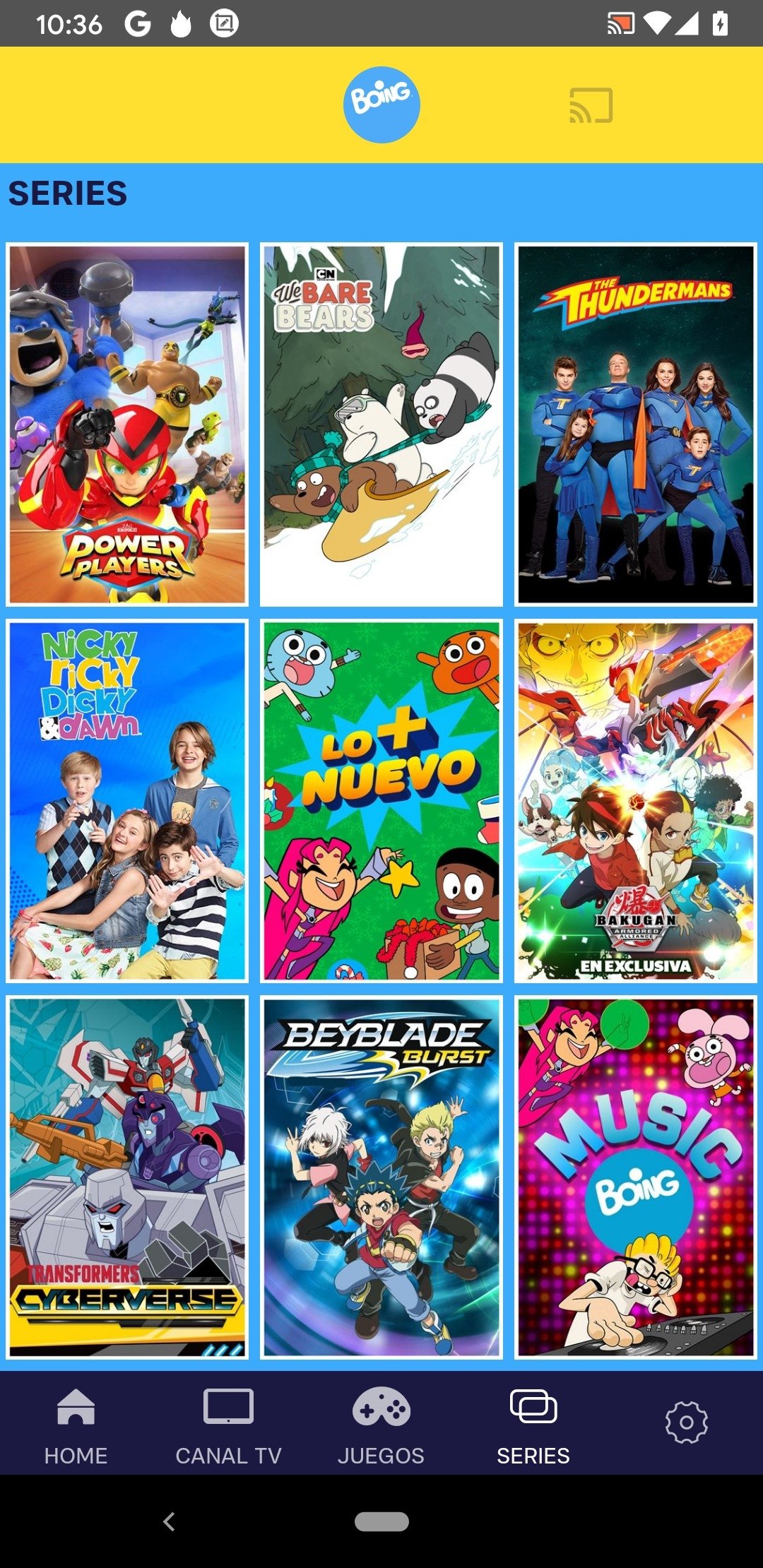

#WHATSAPP APK ANDROID DRAWER FULL#
OnNavigationItemSelected() and onBackPressed() Methods give functionality to the Navigation Drawer and onNavigationItemSelectedListener works for the clicks on the drawer layout items.īelow is the full Code of MainActivity.java: package Now here we have to define four controls as below: public DrawerLayout drawerLayout Tap on the WhatsApp Clone to open the Dual Application. This should now create a secondary WhatsApp Icon on your home screen or App Drawer. Tap on it and Select WhatsApp to turn on the Dual App mode for the WhatsApp application. Lastly, we must connect the navigation to our MainActivity and set the onNavigationItemSelectedListener.įirst, we will implement our MainActvity to onNavigationItemSelectedListener and implements its methods like the below: public class MainActivity extends AppCompatActivity implements BottomNavigationView.OnNavigationItemSelectedListener Go to the Settings app on your Dual SIM Android smartphone and look for Dual Apps or Parallel Spaces App settings. Here we are almost finished with the steps. Step 5 - Adding action to the Navigation Drawer Step 4 - Adding Navigation Drawer to MainActivity Īfter adding the following code, our navigation drawer will look like this:

Name file nav_header then click on OK.Īfter creating the nav_header.xml file. add a title, id, and icon as below: Īgain, go to the layout and create a layout resource file. Name file nav_menu then click on OK.Īfter creating the nav_menu.xml file. Open WhatsApp on your iPhone and sign in using the same phone number you used to set up the Android. Select the Move Data from Android option during iPhone setup Follow the procedures in the Android app. Launch the Move to iOS app on your Android.
#WHATSAPP APK ANDROID DRAWER INSTALL#
Now, go to the menu and create a menu resource file. Download and install the latest WhatsApp beta from above. Name the directory menu, select the resource type menu, and click on OK. Go to the res folder and create a new Android Resouce Directory. So, we need to import the material library, which we can do by adding the following dependency in our app-level build Gradle file. Navigation Drawer is available in the Material library. Step 2 - Adding the dependency to the build.Gradle(:app) file Step 1 - Create a new Android Studio project Steps for implementing Navigation Drawer in Android Below is an example of the Navigation drawer. Step 4: Tap Continue and when prompted to restore WhatsApp, tap Restore. Step 2: Tap Agree and Continue and enter your phone number to verify it. Reinstall it and then launch it from the App Drawer. Once the app is installed, it will be available in the app drawer or notification bar. Step 1: Begin by uninstalling WhatsApp from your Android device. The user can also swipe a finger from the left of it on the home activity to open the navigation drawer. Then, go to your application folder and tap on the Install icon. The navigation drawer slides in from the left and contains the navigation destinations for the app.Ī toggle button (like a hamburger icon) is there where the user can open the navigation drawer by tapping it. It is mostly used for performing actions such as changing user profiles, changing settings, etc. The Navigation drawer is the most used feature in android.


 0 kommentar(er)
0 kommentar(er)
